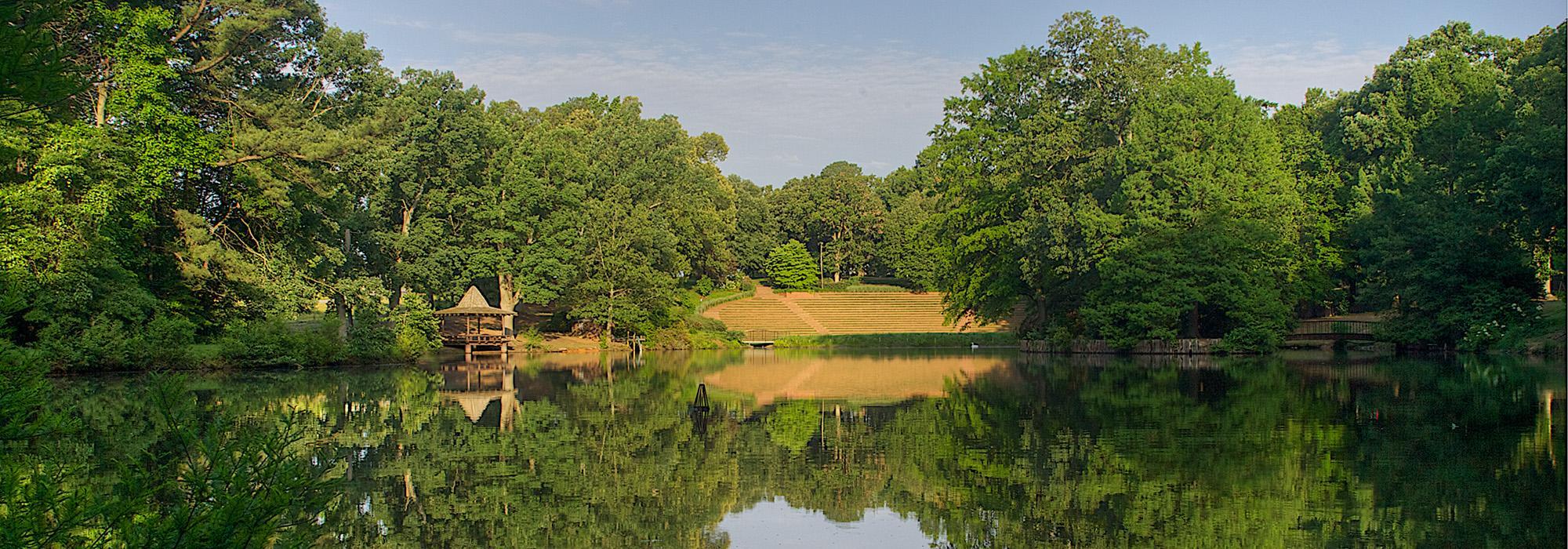New Yorkers may claim Frederick Law Olmsted as their own, and Virginians might cling to the gardens that Charles Gillette once molded and shaped, but North Carolinians today can embrace their own living icon of the landscape architecture profession.
When Manteo native Richard “Dick” Bell launched his practice in 1955, he was just a few years out of N.C. State’s School of Design. A leader, an educator and a winner of the Rome Prize, he’d spent time in South Florida, working with Morris Lapidus on the landscape for Miami’s Fountainbleu Hotel. Back in Raleigh though, he was determined to promote landscape architecture as a reputable profession for North Carolina.
At the time, four other landscape architects practiced in the state. “They worked alone, not wanting to create competition for themselves,” Bell says. “But I wanted to build up the profession, so I worked with and taught apprentices in the office.”
Over time, he rallied nurserymen, engineers, contractors, AIA members and the Rotary Club to support a legal stamp of approval for the profession. He succeeded in 1967, when the General Assembly adopted the professional registration of landscape architects.
He sees it as a profession that blends art, nature, and architecture for the benefit of human beings. “It’s about creating ethereal environments – not just planting one tree,” he says.
The Water Garden, his Raleigh office and home for 52 years, was a physical manifestation of this belief. Its buildings nestled into 11 forested acres, creating the harmonious environment he sought.
In this, his 55th year of practicing, he’s still working on projects across the state from his home in Atlantic Beach. Among his current projects are a healing garden in Cary, a new museum in Beaufort and work at Ravenscroft School.
His favorite project is the Brickyard at N.C. State University, an urban plaza on campus, three blocks long and one block wide. “It’s magnificent,” he says. “Chancellor Caldwell told me that whenever he hosted a visiting professor that he wanted to teach here, he’d take him out at night when there was mist on the ground. ‘I haven’t lost one yet,’ he told me.”
When he was inducted into the 2008 Raleigh Hall of Fame, that non-profit group noted that he’s driven by a single professional mission: “To leave a little beauty behind wherever I go.”
Over a long and successful career, that’s the very least he’s achieved.
For more, go here.
– With Cheryl Wilder
[slideshow id=237]



